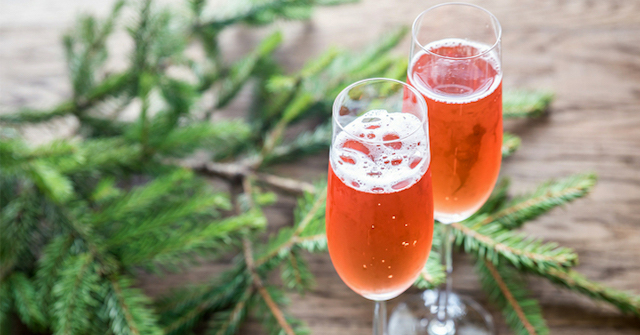With annual attention going towards apples, pumpkins, and gingerbread, it’s easy to overlook one of this season’s most prominent aromas: pine. Until, that is, it’s put under your nose — by way of your drink. While it’s only natural for bartenders to respect seasonality by gravitating towards the element as cooler months approach, some folks simply wanted to create a cocktail that would read familiar.
Such was the case for Dustin Drankiewicz, bar director of Chicago’s 16 On Center hospitality group, who has created two specialty gin and tonics for the season: The Autumn G&T at The Promontory, with Dolin Genepy Des Alpes, Aviation gin, hazelnut tonic, and pineapple juice, and the G&T at the Tack Room, with Dolin Genepy Des Alpes, Aviation gin, cranberry tonic, and lime. While inspired in part to drum up two quirky riffs on the classic, Drankiewicz was also motivated by his time in Door County, Wisconsin, to create offerings that could prompt guests to travel back in time a bit. “I haven’t sniffed a pine tree in a few years, but they were my childhood,” he says. “If you wander around the woods you really get those smells of ‘fresh air’ — corny as it sounds, those aromas are what really inspired me to make something familiar.”
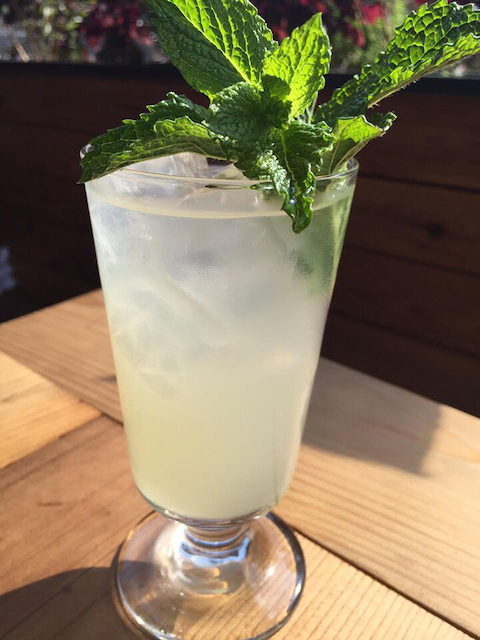 The Autumn G&T at The Promontory features Dolin Genepy Des Alpes, Aviation gin, hazelnut tonic, and pineapple juice, with subtle citrus to accentuate the earthy pine notes. Photo courtesy of The Promontory.
The Autumn G&T at The Promontory features Dolin Genepy Des Alpes, Aviation gin, hazelnut tonic, and pineapple juice, with subtle citrus to accentuate the earthy pine notes. Photo courtesy of The Promontory.
Though comforting for some in its memory-provoking capabilities, Drankiewicz acknowledges that pine is no meek guest at the dinner table. “People often find the flavor of pine to be almost obnoxious, but if you yield it nicely enough, it’s not as abrasive as everyone thinks,” he says.
Anne Rosen, senior bartender of Oakland’s A16 Rockridge, agrees. “You kind of have to get over the fact that it smells like pine cones and that you might want to clean your floor with it,” she says. “Because it’s really, really beautiful when you get past that.” Rosen is referring to Zirbenz, a crimson-hued liqueur that is made from stone pine fruit, otherwise known as “The Agave of the Alps.” Rosen uses it in their Zir Genepy, a stirred concoction packing Bar Hill Gin, Dolin Genepy Des Alpes, and muddled sage that is served up and garnished with a fresh sprig of sage.
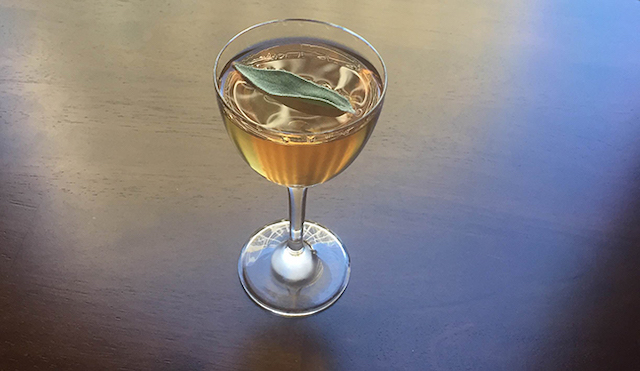 At A16 Rockridge in Oakland, you can find the Zir Genepy, a stirred concoction packing Bar Hill Gin, Dolin Genepy Des Alpes, and muddled sage, garnished with a fresh sprig of sage. Photo courtesy of A16 Rockridge.
At A16 Rockridge in Oakland, you can find the Zir Genepy, a stirred concoction packing Bar Hill Gin, Dolin Genepy Des Alpes, and muddled sage, garnished with a fresh sprig of sage. Photo courtesy of A16 Rockridge.
While she’s confident that the strength of the Zirbenz could stand up to several spirits, including bourbon and mezcal, Rosen almost always reaches for gin. “When I think of gin, I think piney, juniper berries, and crisp, alpiney notes, and a lot of herbs can be added to that, including mint, sage and rosemary,” she says. A more mellow gin, such as Bar Hill from Vermont-based Caledonia Spirits, played particularly well off of the Zirbenz and the Genepy — a softer spirit that Drankiewicz dubs “a poor man’s Chartreuse.”
In San Diego, Dakota Stockert and his team at Counterpoint took the same approach in using a more neutral gin — Plymouth — for their Remember the Alamo, an on the rocks offering that melds dry hopped gin, dry curacao, and Cynar before being topped with two dashes of housemade Douglas fir bitters. “They’re the most funky ones at the moment,” Stockert says of the bitters, a makeup of Douglas fir needles, high proof gin, gentian, juniper, and citric acid. Though the bitters weren’t created particularly for the cocktail, the team decided they were the perfect addition to the drink, bringing with it savory and green qualities that they were unable to find in trials with any of their other 15 in-house bitters, from cherry vanilla to grapefruit. That success gave Stockert conviction that the woodsy component is best accompanied by complementary flavors, especially those found in gin.
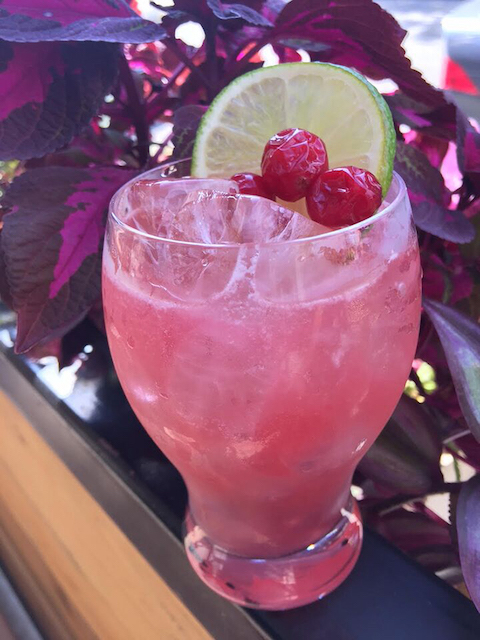 The Tack Room’s take on a gin and tonic features Dolin Genepy Des Alpes, Aviation gin, cranberry tonic, and lime. Photo courtesy of The Tack Room.
The Tack Room’s take on a gin and tonic features Dolin Genepy Des Alpes, Aviation gin, cranberry tonic, and lime. Photo courtesy of The Tack Room.
“Anything bright, herbaceous or botanical would work great with it,” he explains. Drankiewicz agrees, seeing firsthand the potential of pine after subbing Dolin Genepy Des Alpes into a Bloody Mary spin last year — a more economical and equally aromatic undertaking than what would be otherwise possible with Chartreuse. “You can bounce savory, citrus, and tart off of it — you can do a lot with it,” he says. “If you don’t force it and if you actually understand how to play off of the flavor, you’ll come out with something really cool.”
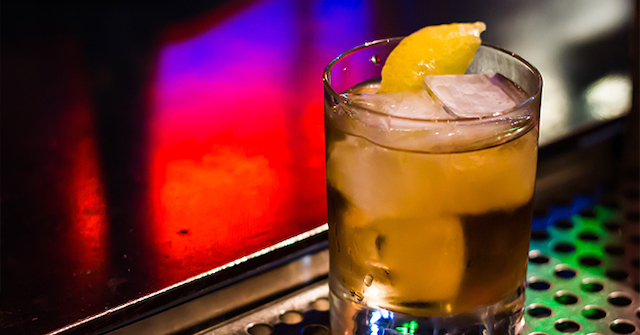 San Diego’s Counterpoint bar gives its take on a pine-influenced cocktail: Remember the Alamo melds dry hopped gin, dry curacao, and Cynar before being topped with two dashes of housemade douglas fir bitters. Photo courtesy of Counterpoint.
San Diego’s Counterpoint bar gives its take on a pine-influenced cocktail: Remember the Alamo melds dry hopped gin, dry curacao, and Cynar before being topped with two dashes of housemade douglas fir bitters. Photo courtesy of Counterpoint.


